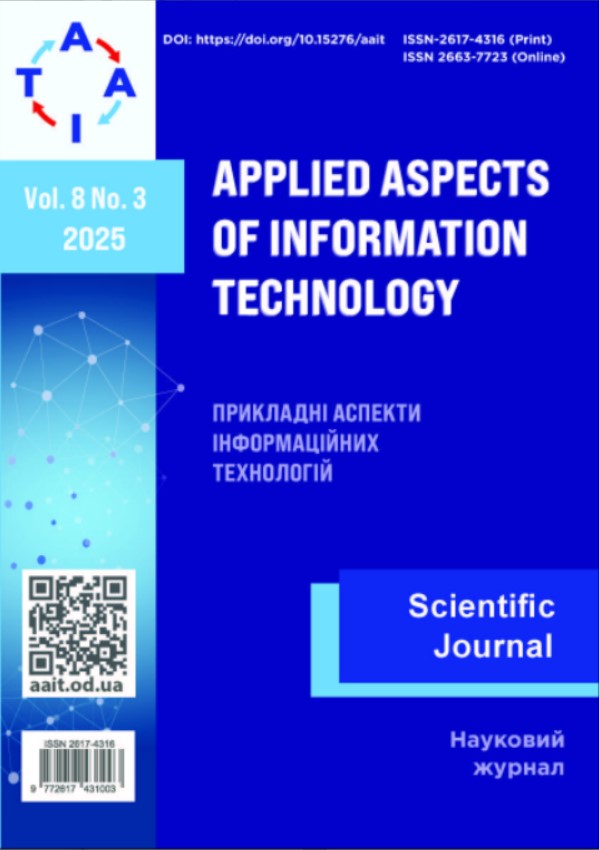Performance evaluation of photon mapping methods
Main Article Content
Abstract
This research presents a comprehensive performance evaluation of photon mapping techniques for global illumination, with a focus on real-time rendering and large-scale visual simulations. The study introduces a custom implementation of a KD-tree-based spatial indexing structure for photon retrieval, providing an empirically validated alternative to linear search in high-density photon environments. The integration of this method with controlled benchmarking constitutes the core novelty of the work. Five modern photon mapping strategies are investigated collectively without emphasizing individual advantages, including traditional formulations, progressive and stochastic progressive variants, Monte Carlo-based hybridization, and machine-learning-augmented methods. Experiments are conducted on diverse test scenes with varying geometric and lighting complexity, using both Central processing unit (CPU) and Graphics processing unit (GPU) platforms to measure scalability and efficiency under distinct resource constraints. Evaluation is based on rendering time, memory usage, and image quality indicators such as mean squared error and peak signal-to-noise ratio. A uniform testing pipeline ensures methodological consistency across hardware setups and photon emission scales. The KD-tree approach demonstrates improved query performance as photon count increases, reducing lookup overhead and enabling more efficient scene processing in dense illumination contexts. The findings are applicable to next-generation physically based rendering engines, interactive graphics applications, and high-fidelity simulation systems where computational cost and responsiveness are critical. The implementation insights, experimental results, and derived recommendations serve as a foundation for the selection and deployment of photon mapping algorithms in scenarios requiring accurate global illumination and scalable real-time visualization. The work supports design decisions in rendering architecture by quantifying trade-offs in algorithmic structure, hardware acceleration, and memory behavior. The novelty of this work lies in the implementation and evaluation of a custom KD-tree algorithm for photon retrieval, which has not been previously benchmarked in the context of large-scale photon mapping. Unlike purely theoretical analyses, this study provides empirical validation of KD-tree efficiency compared to linear search, offering practical insights into scalability trade-offs for real-time and high-fidelity rendering applications.



